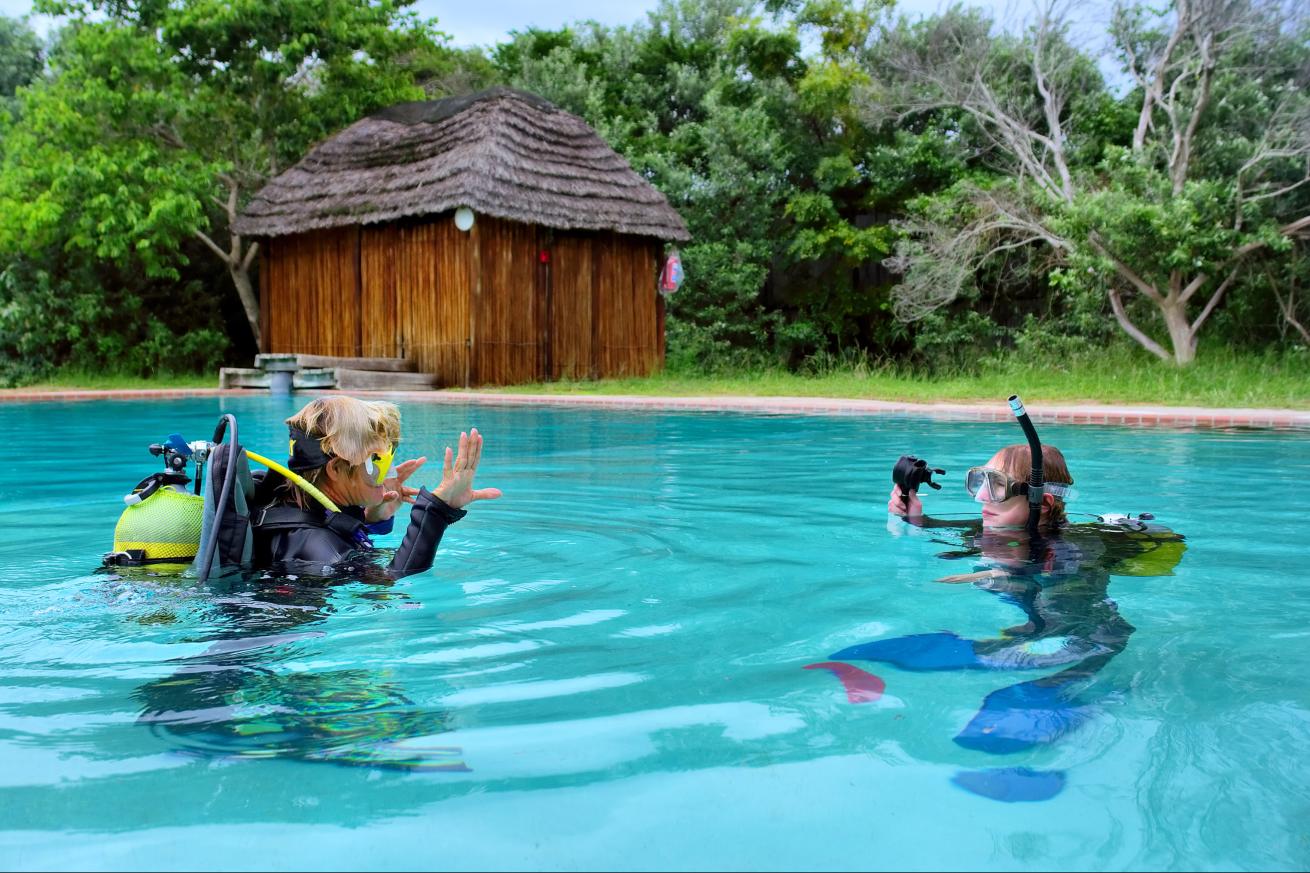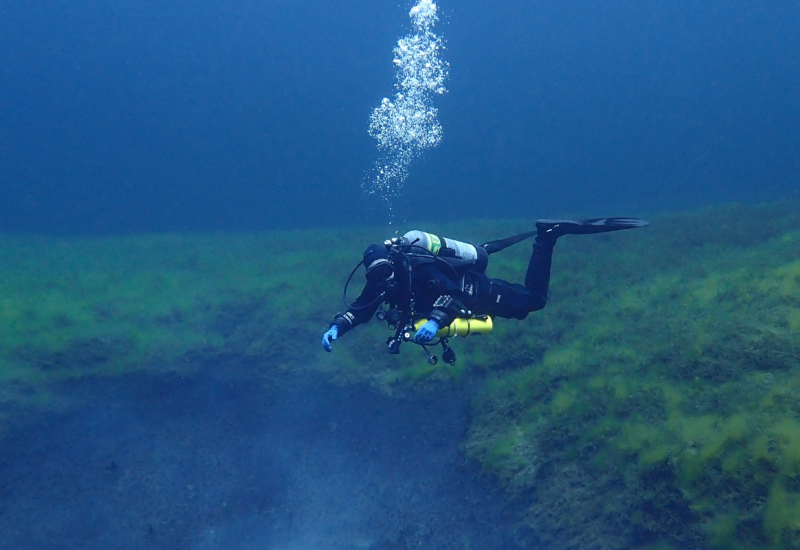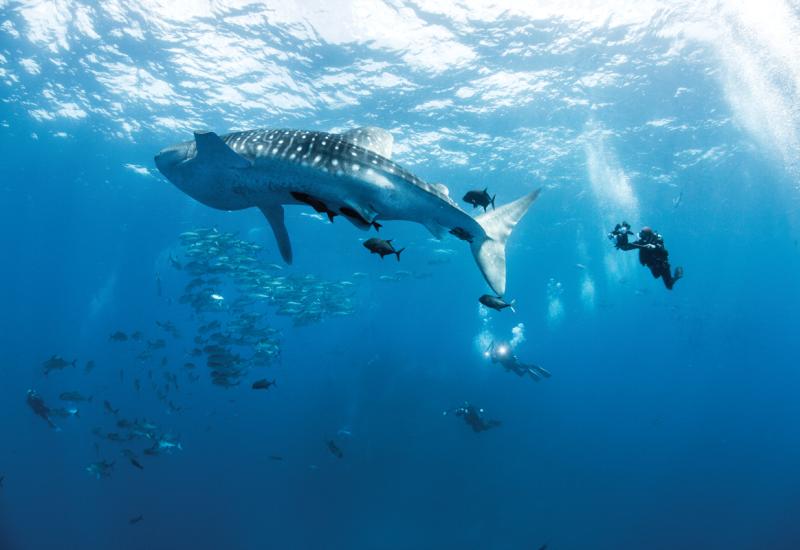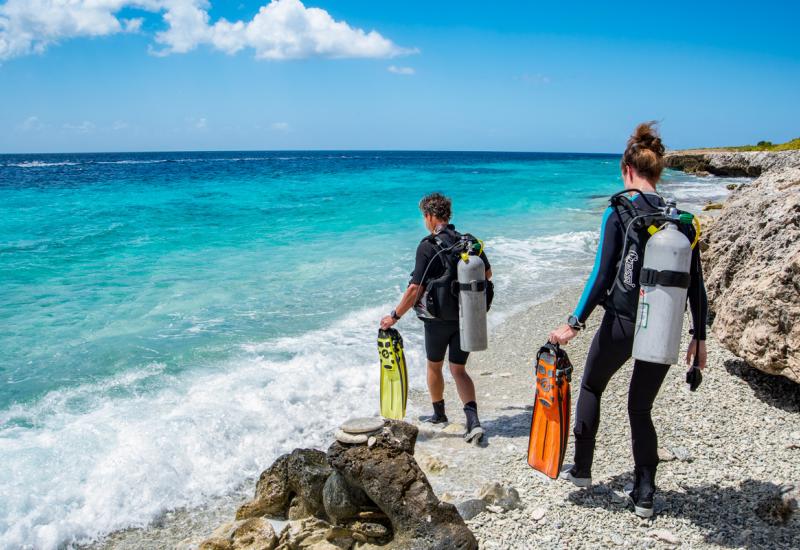Getting Started

I will practice my emergency skills at least twice this year.
Shutterstock
Like millions of people, Tammy Peterson had always wanted to learn how to scuba dive, but the 30-something entrepreneur, wife and mother figured taking scuba lessons would eat up too much of her valuable time. Then she discovered a dive store near her North Carolina home that offered an intriguing solution: Home study.
Peterson purchased a training kit, including a comprehensive textbook and videotape program, that gave her exactly what she needed: A scuba classroom that was at her disposal whenever she had free time. After completing the academics required for the course, she returned to the shop to schedule her pool training, and later, a two-day trip to Florida for her open-water checkout dives--all on dates that met her busy schedule.
"I'm really glad I did it," says Peterson. "I wanted to do something different and adventurous, but it would have been very tough to do a traditional class. Video training from home was time-efficient, and the flexible scheduling really helped."
Learning to dive involves three phases: academic study that includes the physics and physiology of diving; confined-water training (often called pool training) to learn and practice basic skills; and open-water checkout dives to prove mastery of basic dive skills. While there are no shortcuts to this process, dive stores and training agencies have embraced flexible training options to enable busy students like Peterson to fit dive training into overextended lifestyles.
Traditional scuba courses meet at a local dive store one to two nights per week, or on weekends, over a period of three to six weeks. Each training session typically involves a lecture session, followed by a couple of hours in the swimming pool to build water skills. Depending on the location, these classes may also involve a weekend dive trip to a suitable ocean, lake or spring for the completion of the final checkout dives.
Home-study kits feature the same training materials used in traditional courses, including academic presentations on DVD or VHS tape. Students can study the core academics at their own pace before scheduling an academic review, pool training and checkout dives with an instructor at a local dive store or at a dive resort.
Some students opt to do both, using a local shop for the review sessions and pool training, then completing checkout dives with a resort. Depending on the aptitude and physical stamina of the student, the in-water portion can be compressed into as little as three days, but most dive professionals recommend scheduling at least four (two for pool training and academic reviews and two for open-water dives) to ensure successful completion.

ShutterstockI will practice my emergency skills at least twice this year.
Like millions of people, Tammy Peterson had always wanted to learn how to scuba dive, but the 30-something entrepreneur, wife and mother figured taking scuba lessons would eat up too much of her valuable time. Then she discovered a dive store near her North Carolina home that offered an intriguing solution: Home study.
Peterson purchased a training kit, including a comprehensive textbook and videotape program, that gave her exactly what she needed: A scuba classroom that was at her disposal whenever she had free time. After completing the academics required for the course, she returned to the shop to schedule her pool training, and later, a two-day trip to Florida for her open-water checkout dives--all on dates that met her busy schedule.
"I'm really glad I did it," says Peterson. "I wanted to do something different and adventurous, but it would have been very tough to do a traditional class. Video training from home was time-efficient, and the flexible scheduling really helped."
Learning to dive involves three phases: academic study that includes the physics and physiology of diving; confined-water training (often called pool training) to learn and practice basic skills; and open-water checkout dives to prove mastery of basic dive skills. While there are no shortcuts to this process, dive stores and training agencies have embraced flexible training options to enable busy students like Peterson to fit dive training into overextended lifestyles.
Traditional scuba courses meet at a local dive store one to two nights per week, or on weekends, over a period of three to six weeks. Each training session typically involves a lecture session, followed by a couple of hours in the swimming pool to build water skills. Depending on the location, these classes may also involve a weekend dive trip to a suitable ocean, lake or spring for the completion of the final checkout dives.
Home-study kits feature the same training materials used in traditional courses, including academic presentations on DVD or VHS tape. Students can study the core academics at their own pace before scheduling an academic review, pool training and checkout dives with an instructor at a local dive store or at a dive resort.
Some students opt to do both, using a local shop for the review sessions and pool training, then completing checkout dives with a resort. Depending on the aptitude and physical stamina of the student, the in-water portion can be compressed into as little as three days, but most dive professionals recommend scheduling at least four (two for pool training and academic reviews and two for open-water dives) to ensure successful completion.










